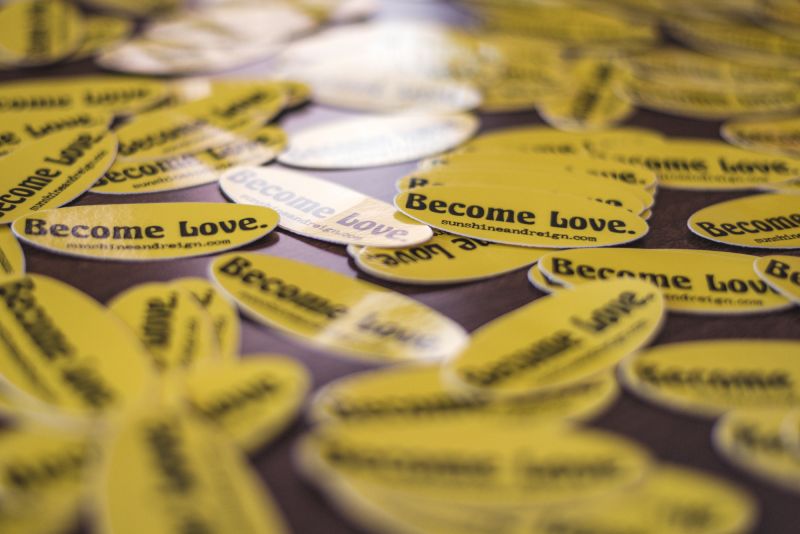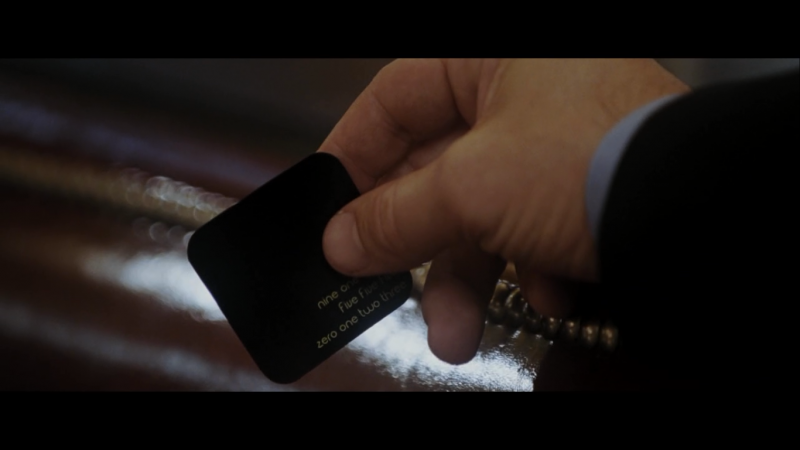
Do people use business cards anymore? With so many technological devices these days, some are eschewing the 3.5×2 cards once collected in Rolodexes on office desks everywhere. Still, a majority of the business population hand out cards and photographers are one of them. As creatives, you want your photography business card to stand out from everyone else’s, so what are some ways you can design yours to represent your brand and be different from the rest?
I used to collect photography business cards from the countless networking events, trade shows, and photo shootouts I’ve attended in my career. I’ve seen cards that were hand sewn, some that were made of plastic or metal and others of all shapes and sizes. I’ve talked to photographers that spent up to $3 a business card, ones that got free business cards from an online service and those that printed their own complete with the uneven, serrated edges.
If you want your photography business cards to stand out and be somewhat memorable, use these five tips before you place your next order.

1. Invest In Your Photography Business Cards
When creating your business card, invest some time and some money in them. While it’s easy to use an online template and get a box of 100 free cards online or print some up on your laserjet printer, the poor quality can be spotted a mile away. What does that say about your brand and your business? I was at a convention a while back and met a man who handed me his business card which was clearly from a template. It showed a stock photo of a camera in the corner and the name on it said “Dan the Camera Man” on the front. On the back, in small-ish print it read, “Get your free business cards at (insert website here).”
His business card immediately led me to assume three things about him:
- His photography style was not modern or current and was probably outdated
- His photography pricing was low and attracted budget-friendly clients
- He either couldn’t afford to purchase business cards or he was thrifty, which meant his products probably ran along the same lines
While these may or may not be true, that is the first impression his photography business cards gave, and first impressions are everything. So when designing and creating your business card, consider what impression that little piece of card stock is giving off about you and your business. What type of clients will ‘Dan the Camera Man’ attract? Spend some time determining your brand and consider what colors, materials, and shapes to use, And for goodness sake, don’t go the free business card route. It’ll cost you more in the long run.
[REWIND: CRAFTY BUSINESS CARD IDEAS FOR PHOTOGRAPHERS]
I’ve used PremiumCards.net for almost all of my photography business card needs. They have an easy-to-use system, lots of variety in sizes, shapes and papers, great quality and prices. I’ve also tried and love Moo Cards for their fun variety and ability to put different photos one each card.

2. Ditch Conventional Standards
In the recent years, people have been moving away from the more standard size and shape of the traditional white business card. Though many still stay within the 3.5×2 dimensions, more and more people are moving to various shapes, sizes, colors, and materials.
SLR Lounge writers, Amii and Andy of Sunshine & Reign Photography, use the conventional 3.5×2 size for their cards, but the bright yellow color, minimalist design, the heavy cardstock, and the presentation (each card is packaged with a sticker in a cute little envelope) makes it stand out.


My first business card was a 3×3 square and printed in matte black. The print was white, and there was a small heart icon that was hot pink. They matched my website and other marketing materials. When I handed them out, people would almost always remark on the size and shape of them, making it stand out from other photography business cards out there.
My last photography business card (below) was the size of a Polaroid – roughly 4×5 – and was designed to look like a Polaroid picture. I’d hand it out and tell people to “shake it like a Polaroid picture.” This led to either someone laughing and shaking it to people sharing a nostalgic Polaroid story. It allowed people to stop and look at it closer; a few people even told me they put it up on their fridge because they liked it so much. Mission accomplished.

My business card for SLR Lounge also gives people pause – not only for the small size and shape but when I started with the company, my official, unofficial title is “The Queen of Everything,” which I insisted be placed on there. Those anomalies make my card not only remarkable but memorable; both things you’d want for you and your business.
[RELATED PRODUCT: Photography SEO and Marketing eBook]

3. Why So Serious?
Some of you may think that it would be unprofessional if you stray from the size and wording of a standard business card. But why? As a photographer, you are in the creative business and an artist. Even if you take on only high-end corporate clients, you can still stray from the by-the-book standard photography business card if it fits your brand. Tanya, one of the writers of SLR Lounge, does corporate photography, but her style isn’t the conventional, boring headshot. Her company, Workstory Corporate Photography, is colorful, creative, and full of personality, targeted toward companies that have the same values.
You can convey the message of your brand on your card with not only imagery and colors, but with the text and fonts. Do be afraid to use a fun font (not comic sans) or a non-traditional title. SmugMug has a standard business card, but their employees have titles like “Director of Awesome,” and “Mistress of Money,” which immediately tells me they like to have a little fun and aren’t a stuffy and boring photo sharing site.

4. Use Your Own Imagery
It’s become more common to use your business cards like a mini portfolio. There are photography business card companies that allow you to do a small batch print of cards with different images on each card. Using your images on a card shows off your work immediately and isn’t quite as invasive as you pulling out your phone or iPad and cornering someone to look through your portfolio. Moo Cards are a popular option that many photographers, including myself, have used and liked for their variety of creative sizes, options, colors, and materials.
Having beautiful imagery on your card can make it more recognizable, especially if you have a distinct style or genre. Earlier this month, I was at a random bar in Portland, and someone had left a standard-sized business card on the table. It caught my eye because I saw the image on it and recognized it immediately. Flipping the card over, I confirmed that it was indeed the card of Benjamin Von Wong that someone had dropped. Because Ben’s style is so particular – and I’ve written features on much of his work here – I noticed the card right away and pointed out the funny coincidence. Ben also has a picture of himself on the other side of his card, which is also a good idea if your name is deeply associated with your branding. It shows that you’re a real person, that you’re friendly (hopefully), gives it just a little personal touch and makes it just a bit easier to remember you from the crowd.

5. Avoid the Clutter
While it may be tempting to fit all your relevant info – website, phone number, social media sites, address, date of birth, favorite breakfast foods, etcetera on your photography business card, don’t do it. Evaluate the information that your potential client actually needs to connect with you. Will it be through your Facebook page? Your studio address? Your Instagram account? Pick only the most pertinent ones to include on the card. A cluttery business card is not only unattractive and uncomfortable to look at, it dilutes your message.
Think minimalist. In the movie Hitch, Will Smith’s business card was a small, plain black square. It didn’t have anything on it but a phone number written in text. It added to his brand and mystique.

When designing a photography business card, consider what information is really needed for someone to connect with you? Don’t overwhelm people with too much information. If your card is compelling and they want to know more, they will take the information they have and find you.
Conclusion
What does your photography business card say about you and your business? Are you traditional? Budget-friendly? Creative? Fun? Boring & Plain? Wild? There really isn’t a wrong way to do a business card, but if you want yours to stand out, get creative and think outside of the 3.5×2 box.
What do you do to make your photography business card stand out? Comment below.




Get Connected!